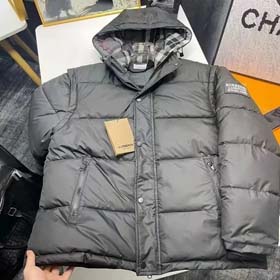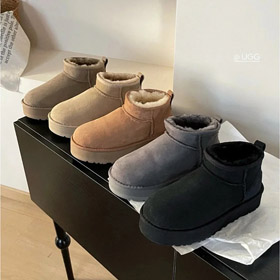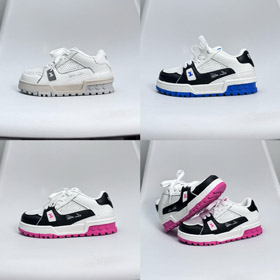Supreme, a brand synonymous with streetwear culture, has become a global phenomenon since its inception in 1994. Founded by James Jebbia in downtown Manhattan, Supreme
From its humble beginnings, Supreme has always been deeply rooted in skateboarding culture. The brand's early success was built on its ability to cater to the skaters of New York City, providing them with high-quality apparel and accessories. The iconic red box logo, designed by Barbara Kruger, became a symbol of authenticity and exclusivity, setting the brand apart from its competitors. One of the key factors behind Supreme's rise to fame is its limited-edition drops. By releasing products in small quantities, the brand has created a sense of urgency and exclusivity that resonates with its audience. Each drop is highly anticipated, with fans lining up for hours, sometimes even days, to get their hands on the latest releases. This strategy has turned Supreme into more than just a clothing brand; it's a lifestyle. Over the years, Supreme has collaborated with an impressive roster of brands, artists, and designers. From Louis Vuitton to Nike, these collaborations have further cemented Supreme's position in the fashion world. Each partnership brings a fresh perspective to the brand, blending streetwear with high fashion and creating unique pieces that are highly sought after. For a detailed look at some of their most iconic pieces, check out this comprehensive product list. Beyond its business strategies, Supreme's appeal lies in its ability to stay true to its roots while evolving with the times. The brand has consistently pushed boundaries, blending art, fashion, and music to create a unique identity. Its stores, designed with a raw, industrial aesthetic, reflect the brand's gritty origins and appeal to a diverse demographic. In 2017, Supreme made headlines when it was bought by The Carlyle Group, a private equity firm, in a deal valued at $500 million. Despite this change in ownership, the brand has managed to retain its authenticity and continue to grow its global presence. Today, Supreme has stores in major cities around the world, from Tokyo to Paris, and its influence shows no signs of waning. Supreme is more than just a brand; it's a cultural movement. Its ability to blend skateboarding culture with high fashion, its innovative marketing strategies, and its commitment to authenticity have made it a lasting icon in the world of streetwear. To explore more about Supreme's unique product offerings, visit this detailed product guide
The Story of Supreme: A Cultural Icon
2025-03-18



















